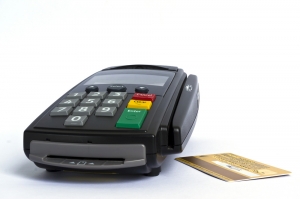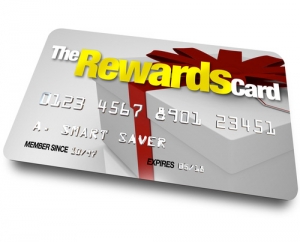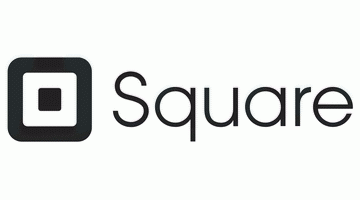Updated on November 22, 2021
Figuring out how to accept credit cards is not as complicated as it
So what do you need to do?
Step 1. Decide how you want to conduct business with your customers. If your customers come to you, then you’ll need a traditional credit card terminal, POS system or mobile device. If you go to your customers, you’ll need a mobile device, tablet or call it in to office for keyed in transaction, referred to as a MOTO account. If you have an online store or do business via internet, then you need an e-Commerce or virtual terminal account.
Step 2. Choose a provider. Now picking a payment provider when you’re trying to figure out how to accept credit card payments can be a little tricky on rates and fees if you don’t know what to look for so we’re going to enlighten you to the hard core basics of how credit card processing works.
WHAT IS THE BEST TYPE OF PRICING?
Interchange-Plus pricing is almost always the best pricing model because there are no surcharges. You only pay the cost of each card plus a small mark-up from the provider. To learn more about interchange-plus pricing, click here.
IF YOU’RE LOOKING FOR THE BEST DEAL OR WANT TO JUMP AHEAD AND SEE OUR TOP 5 BEST MERCHANT SERVICE PROVIDERS, CLICK HERE.
What you’ll see when researching rates and fees?
Debit Rate
Example: Rates starting as low as 0.29%, wow sounds really good huh? Wait but why are they offering such a low rate? Simple
Qualified Rate
The second tier is the qualified rate which is what a merchant is charged when accepting a regular consumer credit card. Although now days the price quoted by the merchant account provider is the debit rate and the qualified rate is usually the lowest rate you will incur when accepting cards for your business. Because of all of the rewards cards in the marketplace today, you would think they would fall in to the qualified category but many times it is downgraded to a mid-qualified or non-qualified transaction. The fact is that there are just not as many regular consumer cards held by customers as there used to because of the new cards that give you points for mileage, hotels, etc.
Mid-Qualified Rate
The third tier on a 4 tier rate plan is the mid-qualified rate, also 
- A consumer credit card is keyed in manually versus being swiped on a traditional or POS terminal
- Special types of rewards cards are used or certain types of business cards
According to Wikipedia, The use of “rewards cards” can be as high as 40% of transactions. So it’s important to understand how this fee could impact your rates and bottom line. To see a complete list of terms for credit card processing, click here.
Non-Qualified Rate
The fourth tier on a 4 tier plan is the non-qualified rate, which is
- If a customer uses a business card, international card, or card is keyed in without verifying address information
- Special kinds of business, government and international cards
- If you don’t settle your batch within the providers allotted time frame which is usually 48 hours from time of transaction. Note: Your batch or settlement can be set so it automatically batches at a certain time each day.

